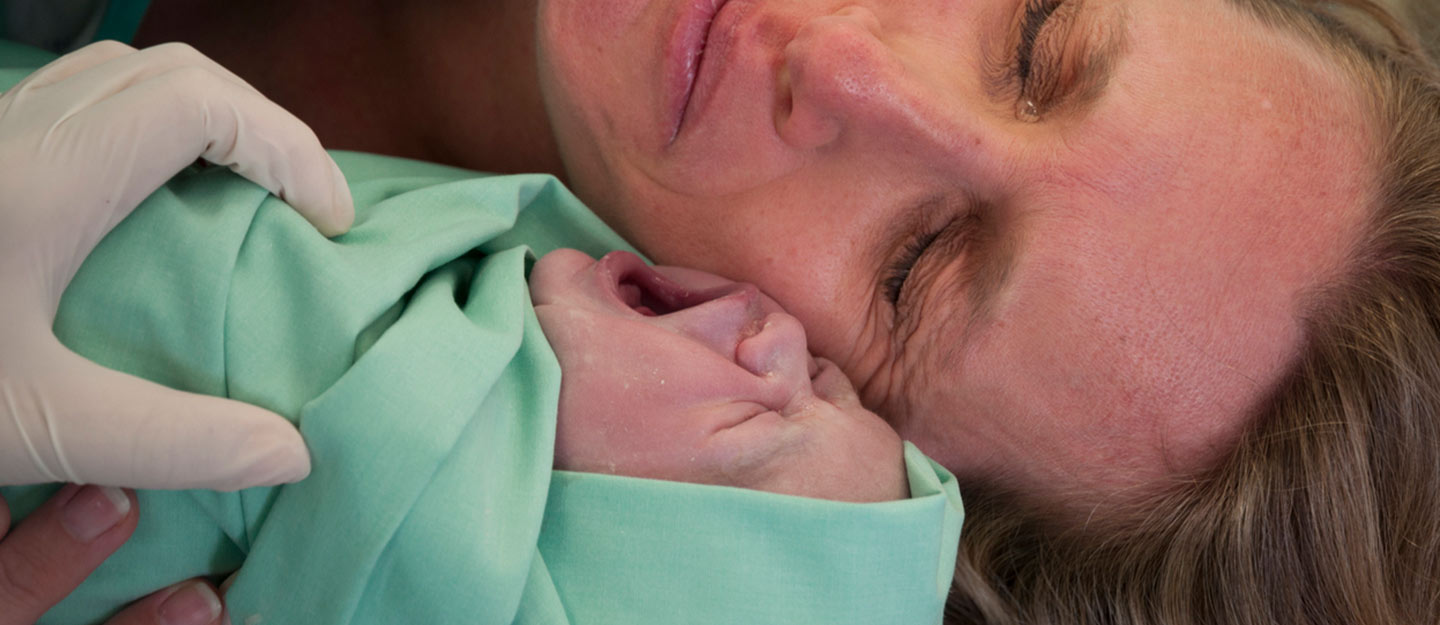As your due date draws nearer, you may not have considered the possibility that your delivery could end with a Cesarean Section (commonly referred to as a C-section). Nearly one out of three deliveries result in a C-Section, so there is a very real chance that you could find yourself in that position. That is why it is important to have at least a basic understanding of this very common medical procedure, which could literally be a life-saver for you and/or your baby.
Knowing what to expect with a C-section and understanding the reasons you may need one can help prepare you to stay calm and level-headed if your delivery doesn’t go as planned. In fact, taking a childbirth class is the best way to prepare for the journey ahead of you, no matter what it holds.
When you may need to schedule a C-section
Some C-sections are planned ahead or scheduled deliveries. Usually, in these circumstances, a mother knows ahead of time that there is a complication that may prevent her from having a traditional vaginal delivery. This may be a health issue with the mother, baby, or simply a size or positioning issue with the baby (or babies, as many multiples are delivered via C-section). For example, some babies reach the end of the pregnancy and have not assumed a head down position, also known as breech. In this circumstance, it is much safer for a mom to schedule a C-section than to await a vaginal delivery.
When you weren’t planning for a C-section
The rest of the C-sections that take place are unplanned, or emergency C-sections. These occur when something does not go as expected with a traditional delivery, such as labor stops or stalls or baby shows signs of distress.
No matter what circumstances lead you to have a C-section, it is important to remember that it is not a failure on your part and does not make your baby’s birth any less special. The most important rule of delivery is a healthy mom and a healthy baby.
What to expect if you need a C-section
Every mother’s situation is unique and your health care team may need to make changes for your circumstances, but here are some of steps involved in a C-Section.
Before
- An IV is placed to administer fluids or medications.
- An anesthetic is administered. Most C-sections can be done with a regional anesthetic such as an epidural or a spinal block, which will only numb you from the waist down. This allows you to be present for your baby’s birth and to hold him or her very soon after delivery. In the case of an emergency, sometimes a general anesthetic is necessary, which will put you under for a couple of hours.
- A catheter is placed to relieve your bladder.
- They will clean and shave your belly to prepare it for surgery.
During
- The doctor will make two incisions just above your pubic bone, one through your belly and one through your uterus. (Occasionally, additional incisions are necessary depending on location of baby.)
- The doctor will open the amniotic sac and remove your baby.
- The doctor will cut the umbilical cord and remove the placenta.
- The doctor will close and secure the incision.
After
- At most C-sections, a pediatrician will be there to check your baby’s health immediately after delivery so that they can give the baby to you as soon as possible for skin-to-skin, bonding, and first feeding.
- Having a C-section rarely impedes on your ability to produce breastmilk. The most important thing is to try to feed as soon as possible, including waking baby up to feed often as he or she may be drowsy from the anesthetic you needed for your surgery. Your nurses or a lactation consultant will be available to help you.
Recovery
C-section recoveries do typically take a little longer than a vaginal delivery. You can expect a few extra days in the hospital and about 6-8 week recovery time. Talk to your health care provider about breastfeeding-friendly pain medications and be sure to take it easy in the weeks following your baby’s birth.
And just a reminder…
The birth of your baby is one of the happiest days of your life. It is normal to feel emotional after birth regardless of the method of delivery. If you feel disappointed that you needed a C-section, talk to your doctors about why this intervention was necessary. Remind yourself that you or your baby might not be there today without this gift of modern medicine. A healthy mother and a healthy baby are always the goal of any delivery.





